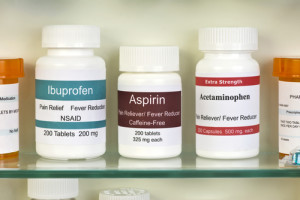It appears that the marked increase in the rate of autism, asthma, and attention deficit with hyperactivity throughout much of the world may be largely caused by the marked increase in the use of acetaminophen in genetically and/or metabolically susceptible children, and the use of acetaminophen by pregnant women.
Toxicity of acetaminophen may cause autism by overloading the defective sulfation pathway catalyzed by phenolsulfotransferase, which is deficient in autism, leading to overproduction of the toxic metabolite N-acetylp-benzoquinone imine (NAPQI). Increased levels of NAPQI reduce the ability to detoxify a host of toxic chemicals in the environment, increasing oxidative stress, which leads to protein, lipid, and nucleic acid damage from free radicals. Epidemiological evidence also supports the association of increased acetaminophen usage with autism, asthma, and attention deficit with hyperactivity.
The marked increases in the incidences of autism, asthma, and attention deficit disorder in the United States coincide with the replacement of aspirin by acetaminophen in the 1980s. The characteristic loss of Purkinje cells in the brains of people with autism is consistent with depletion of brain glutathione due to excess acetaminophen usage, which leads to premature brain Purkinje cell death. The anomalous hair mercury concentrations of children with autism are consistent with exposure of growing hair proteins to NAPQI derived from acetaminophen, which competitively inhibits the reaction of mercury with hair sulfhydryl groups.
Finally, large-scale faulty production of acetaminophen products, such that the labeled values were exceeded by the true concentrations, in addition to contamination with bacteria and tribromoanisole, may have greatly increased the chances of children receiving overdosages of acetaminophen and potential toxins for perhaps as long as a decade.
Click here to read the full article.







